Following patterns of racism and diversity issues in campus residence halls, the University of Minnesota’s Housing and Residential Life has come under scrutiny by students who lived there.
Addressed in the June Board of Regents meeting, faculty and community members have accused HRL officials of “de facto segregat[ion]” in Middlebrook Hall, citing a lack of diversity in the University’s Honors Program.
Middlebrook Hall is home to six Living Learning Communities, including the Honors Residential Community, Honors Second Year Experience, West Bank Arts House, Substance-Free Housing and two language-oriented LLCs.
In fall 2019, 297 students lived in the Honors Residential Community in Middlebrook Hall, per a letter from vice provost Robert McMaster. For that same period, 25% of all University first-year students were “students of color or American Indian students.”
For the honors first-year class, 22% were students of color or Indigenous: .2% American Indian, 11.8% Asian or Pacific Islander, .9% Black, 3.3% Latino-Hispanic, 6% multiracial and 71.2% white. Nearly 60% were women.
Life in Middlebrook
Several residents and community advisors of color said that uncomfortable or tense environments exist in multiple places throughout Middlebrook Hall, typically split by socioeconomic or ethnoracial lines. Even those who had largely positive experiences in the dorm said they were familiar with and affected by those environments.
“It definitely was overwhelmingly white,” said a Black former resident and current CA who wished to remain anonymous for fear of retaliation. “It just kind of felt like, ‘Oh, yeah, I’m the only one here.’”
Several other students of color echoed this feeling.
Many students said the tense environment was sometimes perpetuated by residents and HRL staff. There was also a wealth of implicit bias incidents and microaggressions throughout the building and across several of the Middlebrook LLCs, they said. This often led residents to feeling disconnected from dorm life, making it hard for them to form meaningful connections with others in the building.
Fariza Hassan, a former CA for the Honors LLC, said the lack of diversity on her floor and in the building was very apparent in the “cliques” students formed. She said that despite being a person of color and having advisors who were people of color, there was very little she or residents could do to make the environment more welcoming to students.
“There kind of wasn’t a lot of a push for making students of color in Middlebrook feel … that there is a community there for them,” Hassan said. “It kind of seemed like it had to be student-led and CA/staff-led. It just didn’t really come from Housing directly.”
Kevin Coons, a former Middlebrook Hall resident in the American Indian Cultural House LLC, said that though he made a few friends in the building, he ultimately found a community within the Multicultural Center for Academic Excellence.
“If I had to give a recommendation to somebody if they’re going to live in Middlebrook, especially in the Honors LLC, … I would say those students should still try to make friends with people on your floor. … But it’s still really important, I think, to go to MCAE or go find a community that you can lean on a little bit.”
Patterns in Housing and Residential Life
CAs in several residence halls on campus said HRL superiors often relied on CAs of color to lead meetings meant to address racism, manage racist incidents and expend emotional labor in training exercises.
In some special meetings, CAs of color were put together and made to discuss discrimination and incidents at length with little collaboration between their white counterparts and their curricula.
“That is emotionally exhausting work to do,” said Julie*, a current CA at 17th Avenue Residence Hall. “I’m already an African American studies major, and so leaving my classes to have a meeting from 7 to 9 p.m. addressing racism is not fun for me. Especially because it just means that I’m sitting there, talking the entire time and explaining to people why things are racist and why things are not allowed to happen.”
Multiple CAs also said they were hesitant to follow HRL policy involving building security and police in certain situations — especially in instances involving residents of color — as they had witnessed several instances of discrimination and racial stereotyping.
CAs of color also said that they were often ignored by HRL staff or made to feel like “aggressors” when pointing out racism perpetrated against them by white residents or CAs.
In one such situation, Julie was accused of being an aggressor for pointing out the racism of a white CA in 17th Avenue Residence Hall. The white CA then began crying and apologized, saying she had never been around “colored people” before.
“So then we have to have a full conversation about how you can’t call Black people ‘colored people,’” Julie said. “And that conversation wasn’t led by our bosses, it was a conversation that we had to lead ourselves as other CAs in that uncomfortable moment in which she was crying and trying to be the victim of the situation.”
Grant Anderson, interim associate director of Resident Life, said the office hopes that training and education will not simply rely on the emotional labor of CAs of color but instead provide space for them to share their experiences and feedback. Anderson said the natural turnover of CAs and staff proves to be an ongoing struggle for addressing the feedback HRL does receive.
Jessica Gjerde, HRL’s new assistant director of Social Justice and Inclusion, said that she hopes to use reflection and additional education, especially in the wake of George Floyd’s killing, to inform her programming this coming year.
“The accountability right now is really important,” Gjerde said. “I can help lead us through doing some healing and being able to move forward, and that’s the vision that I have going into this academic year.”
Some of the CAs have acknowledged the efforts of HRL, even if they feel that officials have fallen short on reaching their goals.
“I think when [housing, as an organization,] say that they care about race issues in the halls, I think they really do mean it. I don’t think that’s an empty thing,” said Coons, who was also a CA in Radius Apartments. “I do think that they’re a little out of touch with what the CAs do and the culture in the buildings.”
*The name of a current CA has been changed for privacy reasons.


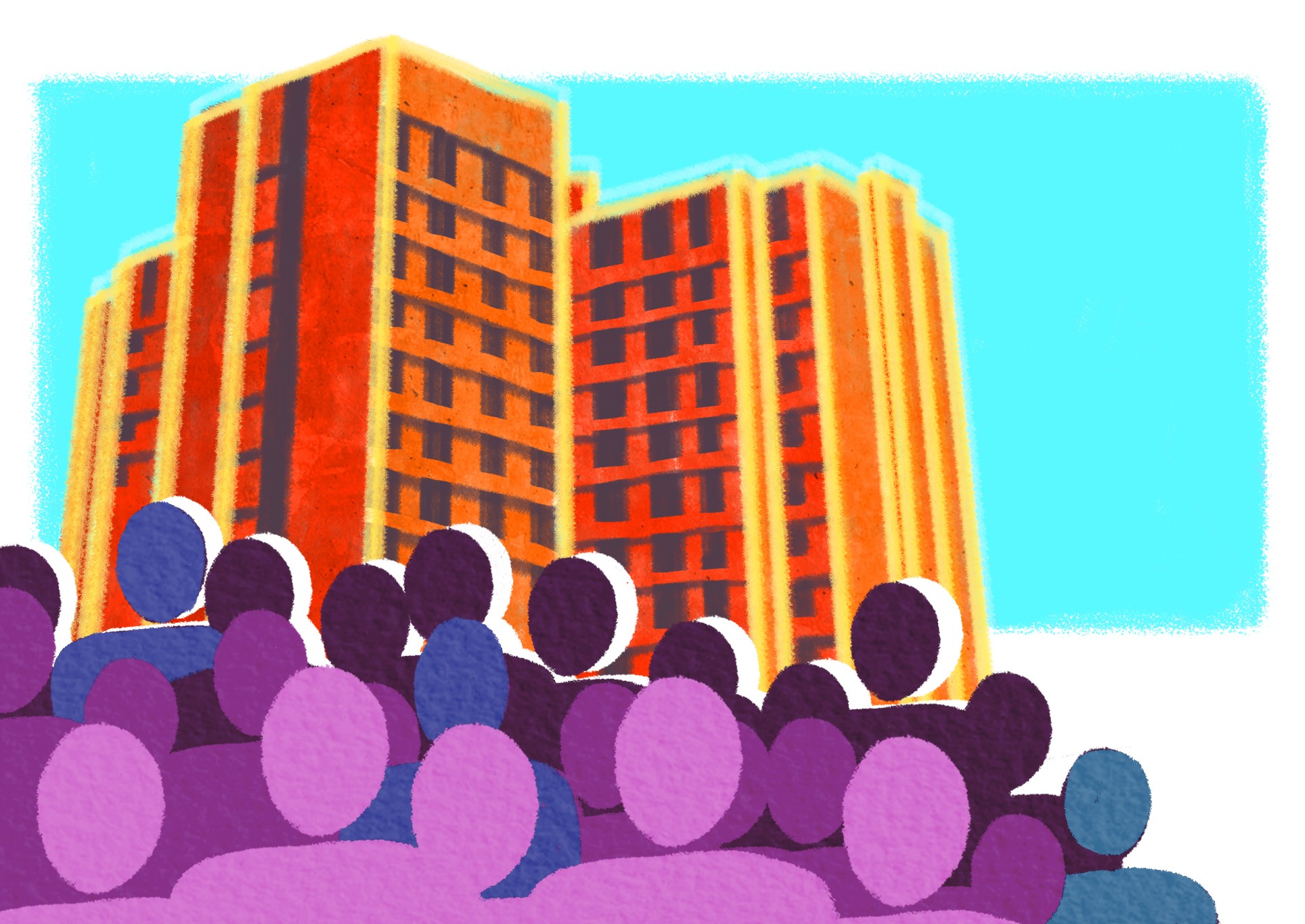
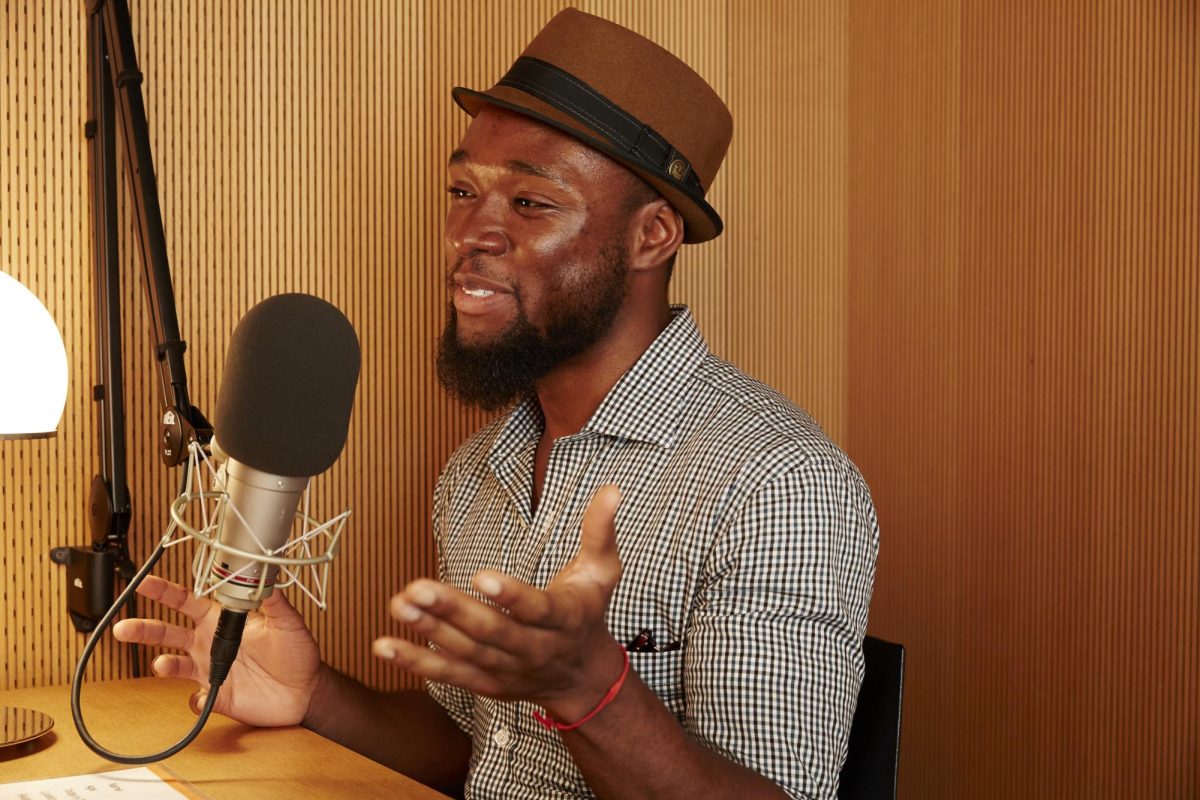

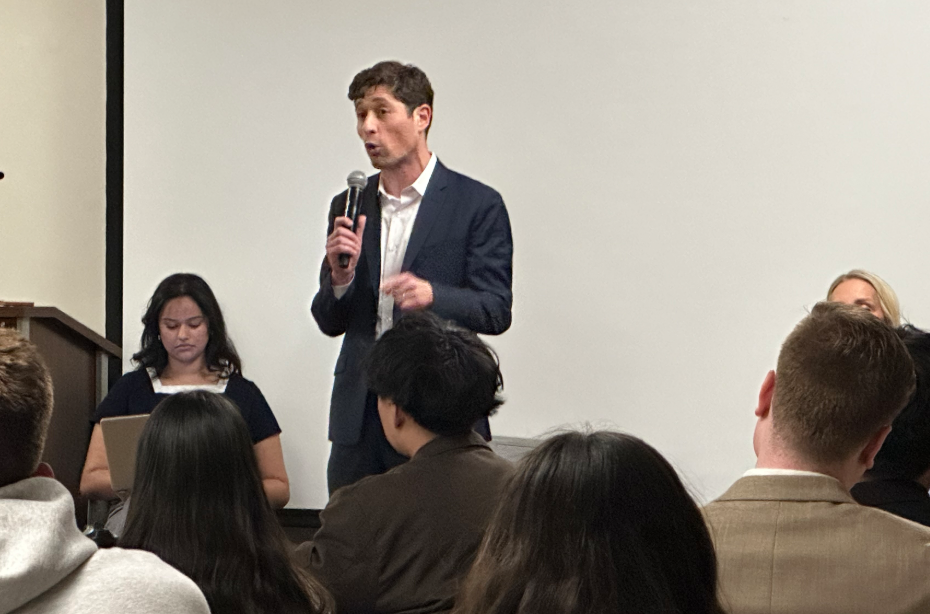
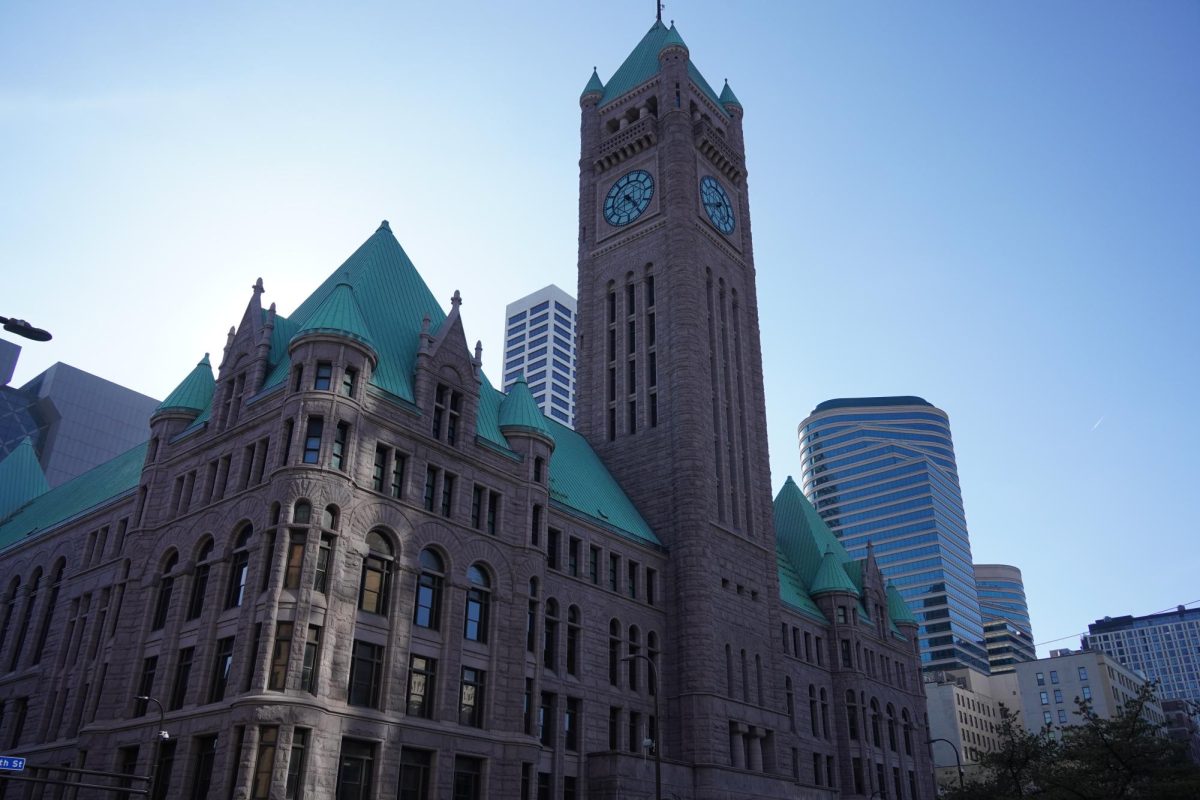
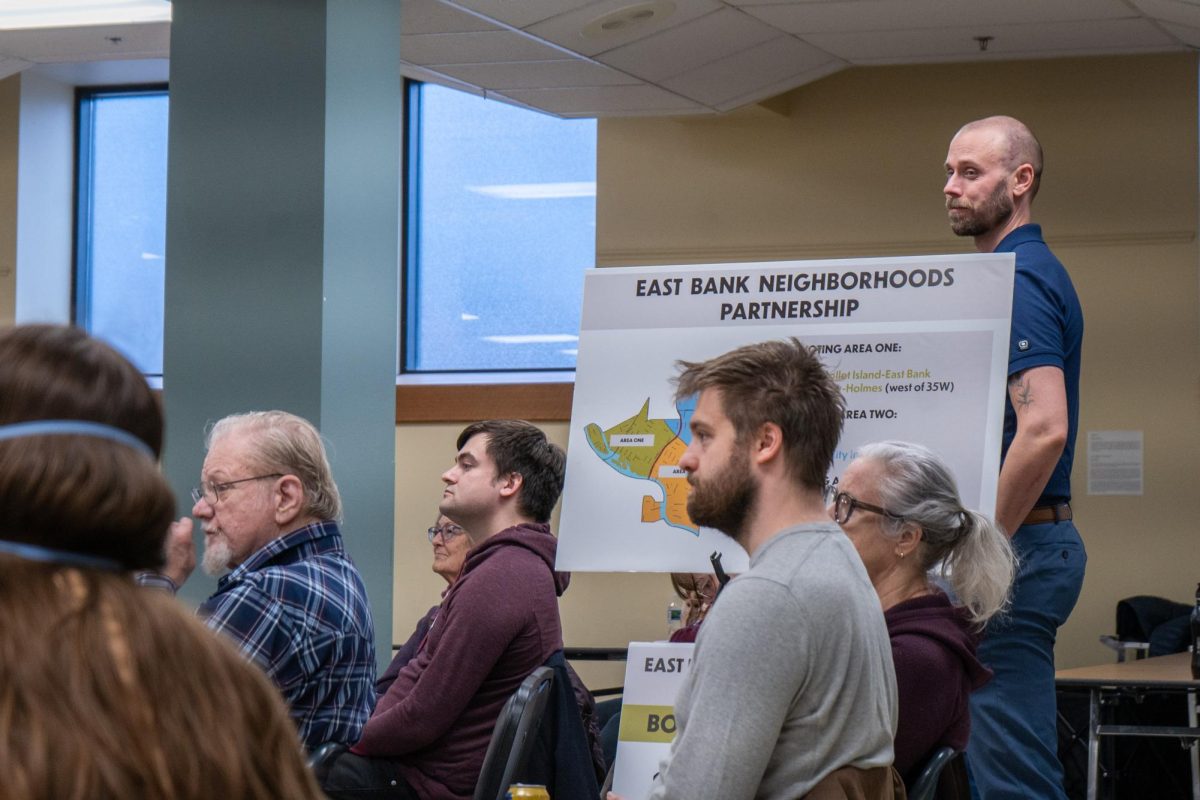

B-funk
Mar 19, 2021 at 10:03 am
Went to the U 15 years ago and middlebrook hall was just as white or whiter when I lived there. Then again, so is the U. You can’t magically appear diversity out of a monoculture.